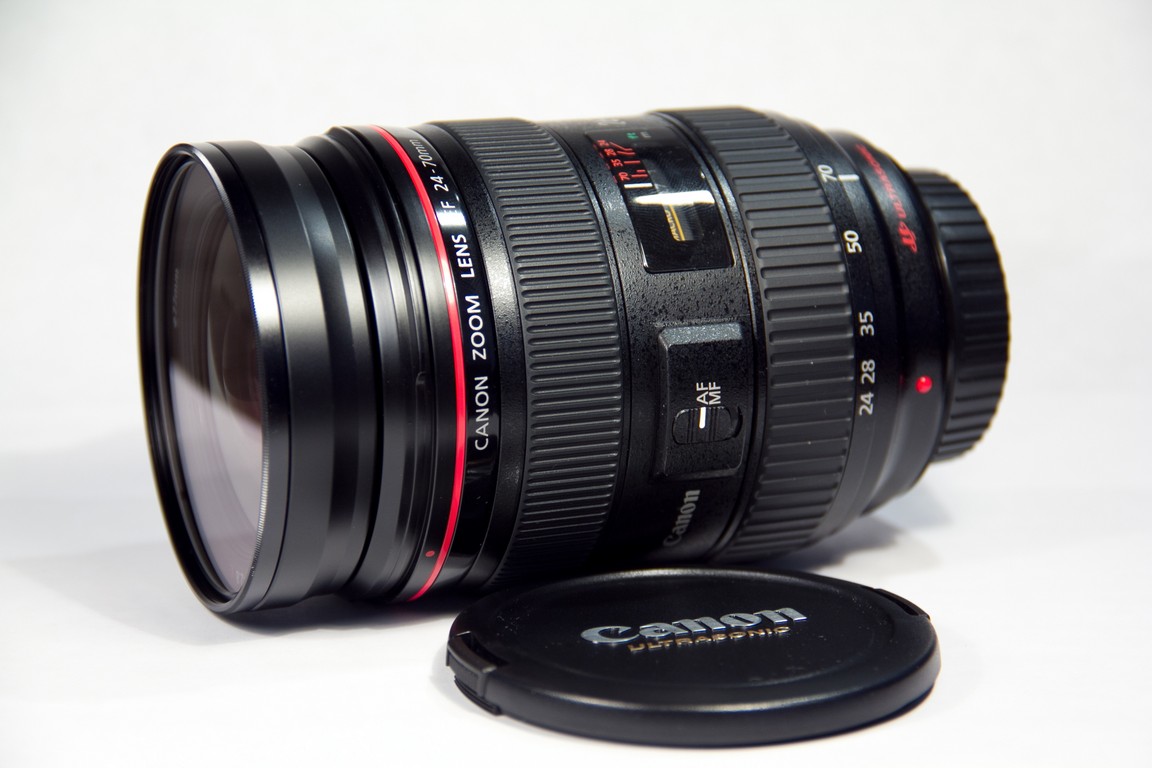I’m very happy for purchasing the Canon 24-70 f/2.8 lens. I purchased it in November of 2011 for a bargain. After using it for some time, I find it to be very versatile and well constructed. It is a huge improvement over my 18-135mm kit lens, and the third lens I own.
General Performance:
Where do I begin? This is by far one of Canon’s best lenses. The Canon 24-70 f2.8 lens allows for shooting in low light situations. Its wide f/2.8 aperture allows for a beautiful, creamy out of focus area. It is composed of 16 elements in 13 groups (with Two aspherical elements and one UD element). The UD element allows the final image to have better correction of chromatic aberration. Aside from the technicalities, the lens features an ultrasonic motor which allows for very quick and quiet focusing. It also is weather/dust sealed.
Sharpness / Color:
With its UD and aspherical elements, distortion, chromatic aberration as well as sharpness are all improved. In field tests, I found that the 24-70 (when compared to my Canon 18-135mm IS 3.5-5.6) is indeed a better performer at conquering these setbacks. Color quality is a bit better when compared to lower end models. Meaning you get slightly more contrast as well as cleaner colors. At F2.8 (especially in low light conditions) the subject might get blurred a bit. This is due to the lack an of Image Stabilization feature. Ultimately, a lens can only be so fast and shutter speeds can only go so slow (being hand held). The lack of IS is considered to be a major setback of this monster. With the use of flash, this setback can be disregarded.
Vignetting:
Vignetting is hardly noticeable unless you are shooting at a direct light source at a wide focal length. Surprisingly, the large lens good does not increase vignetting at all. This is due to the reverse zoom feature of the barrel. at 24 the front element is all the way out of the hood, and as you zoom in the element retracts into the barrel of the lens. The lens hood attaches to the body of the lens rather than the front element. This allows the hood to remain stationary while zooming in or out.
Distortion:
Just as vignetting, distortion also decreases as you zoom the lens in. Aligning the sides of the image against a straight surface, you might notice some distortion. Nothing which cannot be corrected in post processing though.
Overall Rating:
9.0/10
Simply because nothing is perfect. In all honesty it is a bit expensive, and lacks image stabilization. Otherwise it is a great leans to own. A true joy to use. Alongside its capability to shoot macro shots, it is a workhorse. With its solid construction it feel great in the hands. Might be a bit tight on a cropped framed sensor, but it’s the ideal lens for a full frame body. Though it is now second best (with the new Canon 24-70mm L II being released this year), it is, and will forever be a great veteran.




